-
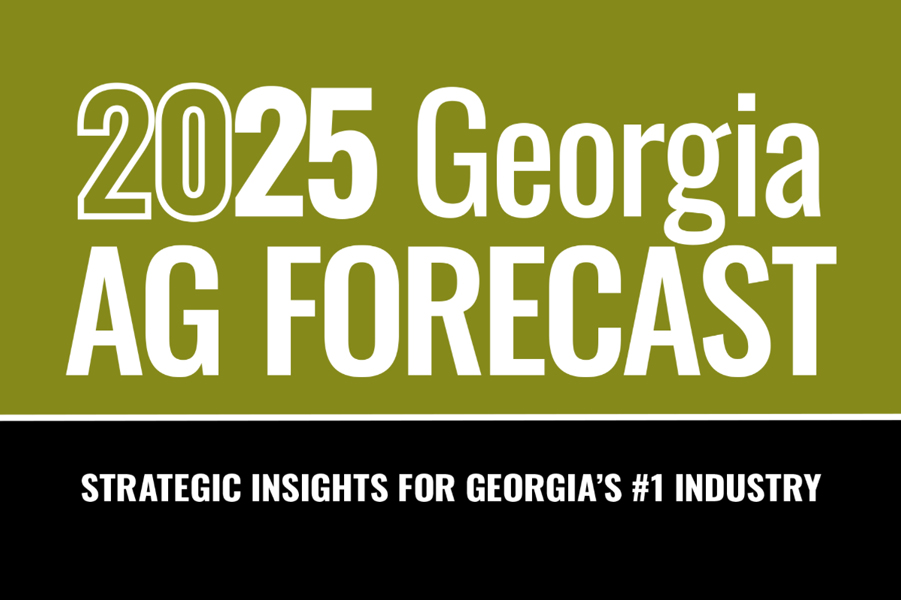
AP 130-3-09
2025 Corn, Soybean, and Wheat Outlook
1. Tight margins are expected to continue in 2025 for corn, soybeans, and wheat with commodity prices likely near or below the breakeven cost of production. 2. Bountiful grain and oilseed production, combined with a strong U.S. dollar and uncertain trade policy, leads to expectations for lower prices in 2025. 3. Expect…|
-
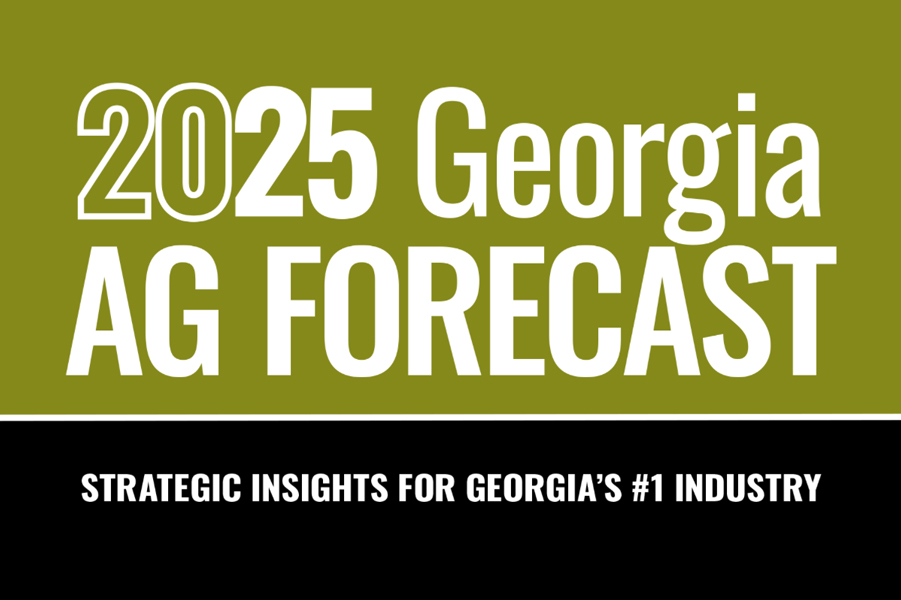
AP 130-3-08
Peanut Situation and 2025 Outlook
1. Peanut-planted acres in the United States and Georgia are expected to remain steady at current levels in 2025. 2. Forward contract prices in Georgia are projected to decline, with an estimated seasonal price range of $475–$525 per ton. 3. Peanut profitability is anticipated to remain a significant challenge for producers in…|
-
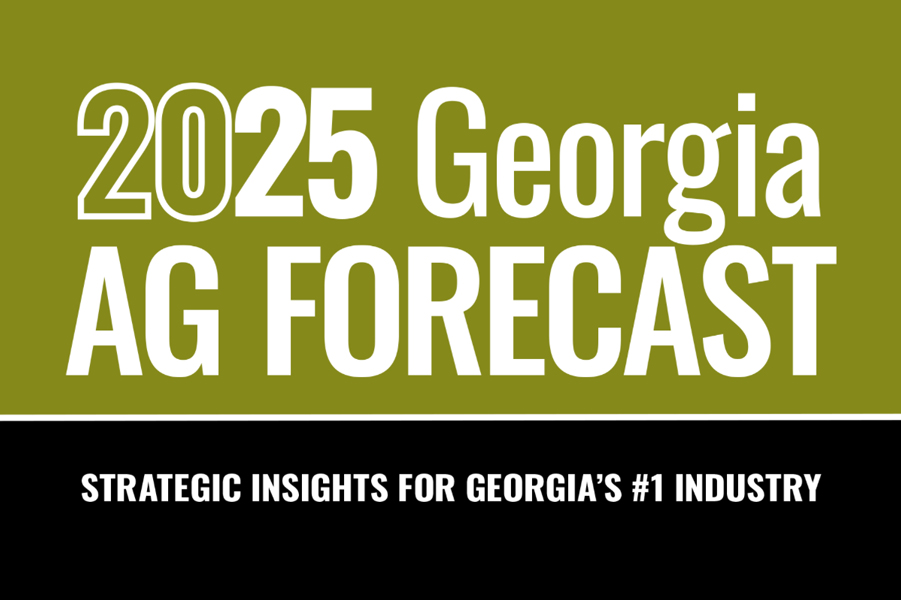
AP 130-3-07
2025 Cotton Outlook and Market Situation
1. Cotton prices are anticipated to stay low in 2025, driven by sluggish global economic growth, declining consumer demand, and rising trade uncertainty. 2. U.S. cotton acreage and production are likely to remain at current low levels in 2025 because of relatively weaker price expectations compared to competing crops. 3. Cotton production…|
-
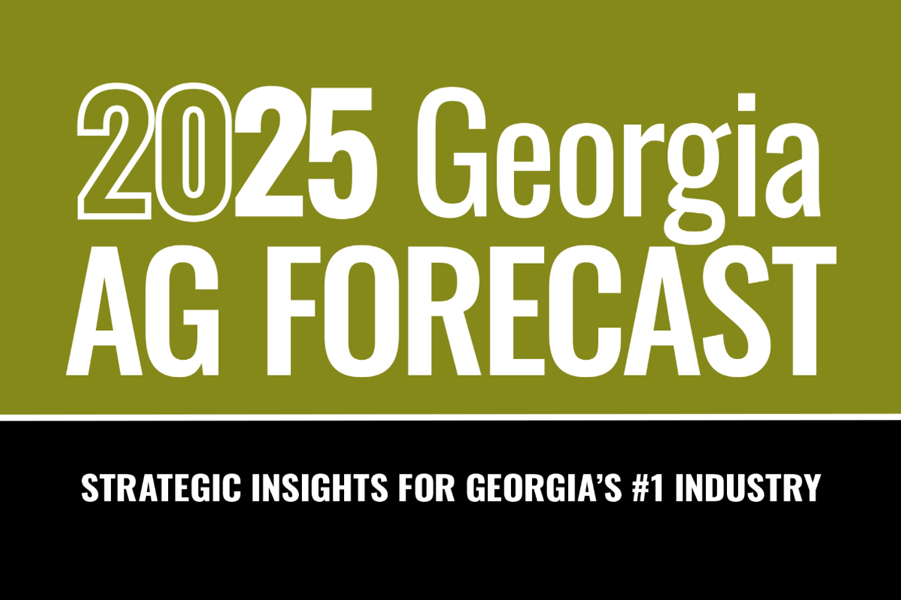
AP 130-3-06
2025 Georgia Dairy Forecast
1. The Georgia dairy forecast for 2025 is steady to positive.
2. Key uncertainties come from the balance of supply and demand and potential federal order reform.
3. Highly pathogenic avian influenza (HPAI) and export risks may also play a role in the year ahead.|
-
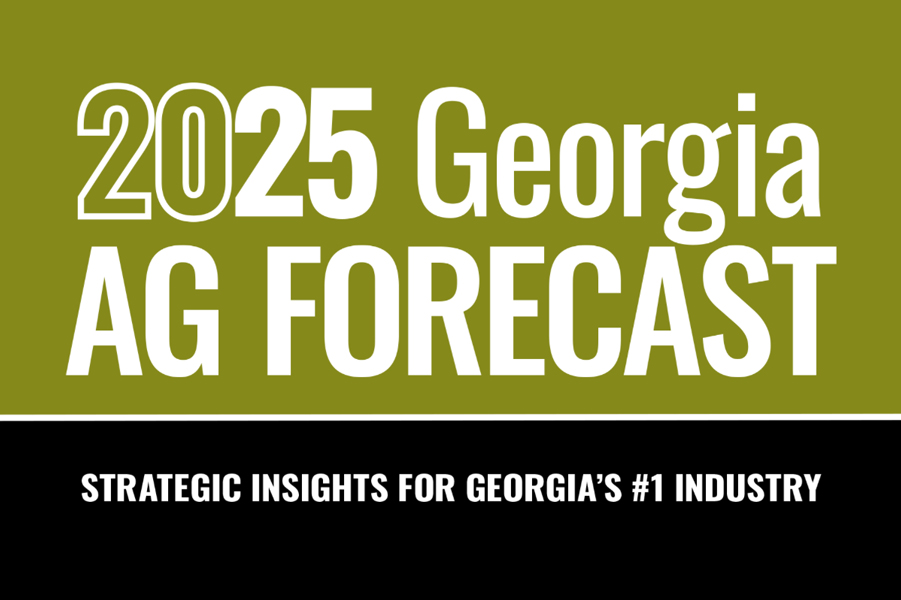
AP 130-3-05
2025 Georgia Beef Cattle Forecast
1. The 2025 outlook for the beef cattle sector is positive with low supplies meeting high demand to create elevated prices. 2. In the near term, the higher risk appears to be beef demand—because of likely high beef prices and ample animal protein competition in the year ahead. 3. Herd rebuilding indicators…|
-
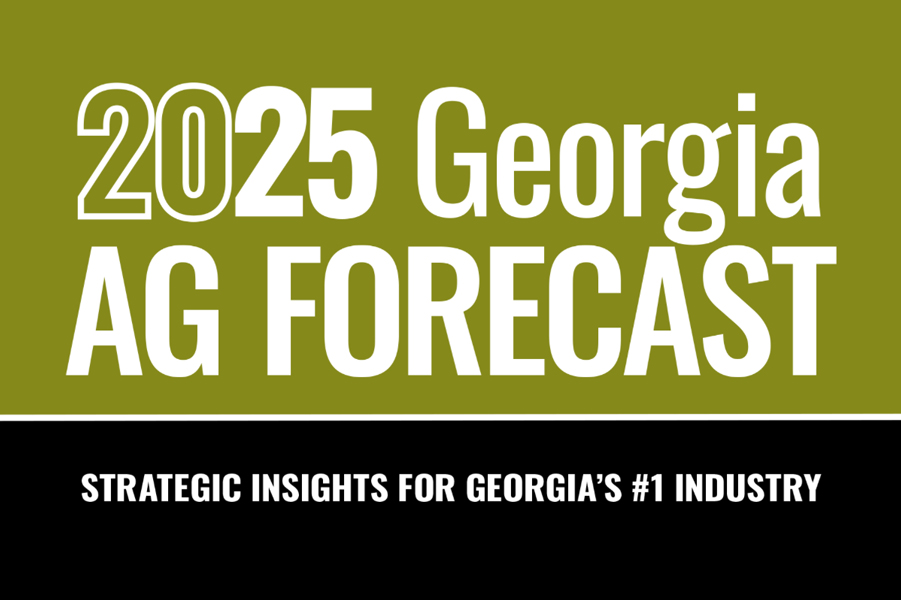
AP 130-3-04
2025 Georgia Broiler Industry Forecast
1. The outlook in 2025 for the Georgia broiler industry is one of cautious optimism.
2. The significant risk is market fundamentals—will production growth overshoot demand and cause prices to fall?
3. Other areas to watch include relatively low exports, animal protein price competitiveness, and potential grower-contract regulations.|
-
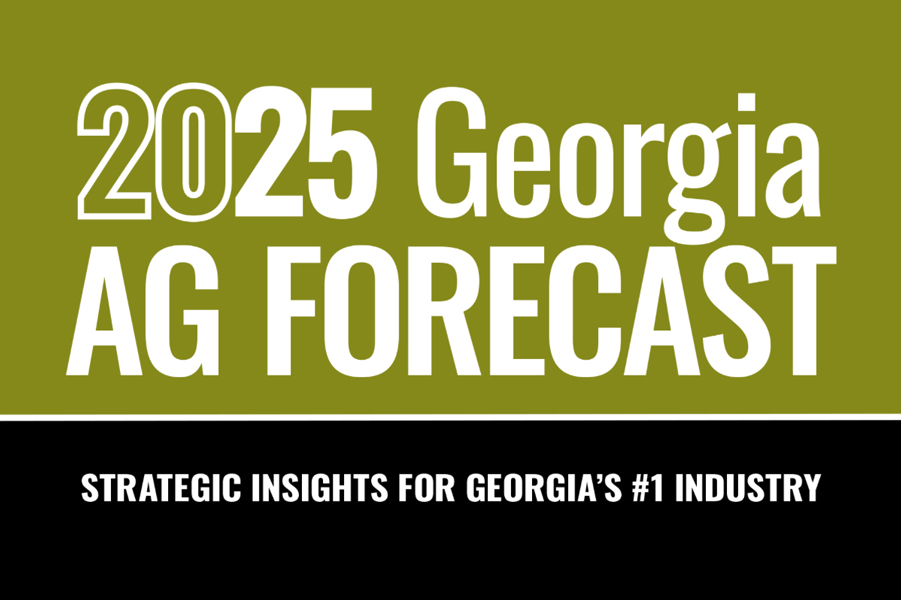
AP 130-3-03
2025 Inputs and Production Expenditures Forecast
1. U.S. farm production expenditures declined by a moderate 4.1% in 2024 compared to 2023, but remained elevated relative to recent decades, totaling $453.9 billion. 2. Forecasted U.S. farm production expenses for 2024 show increases in labor, livestock/poultry purchases, and property taxes/fees, along with reductions in feed purchases, fertilizer, pesticides, and…|
-
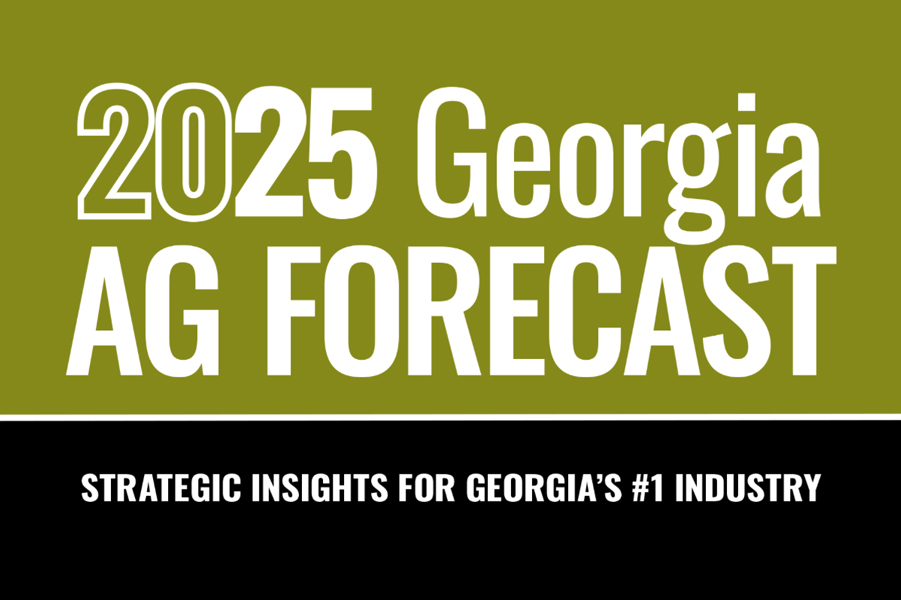
AP 130-3-02
2025 Georgia Agriculture Outlook
1. Food price growth in 2025 is projected to align with inflation at around 2.5%, although prices for food consumed away from home are expected to remain higher than those for food consumed at home. Commodity prices are forecast to trend downward in the near term, with stability anticipated in…|